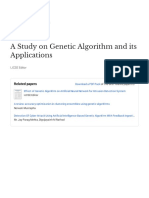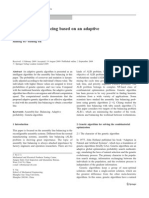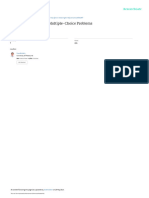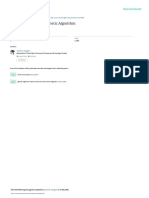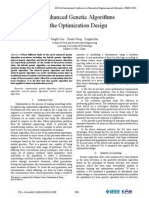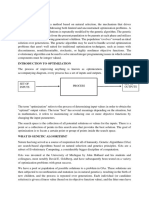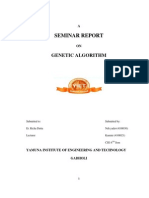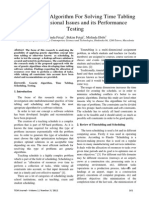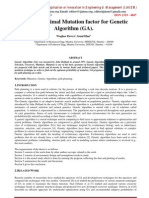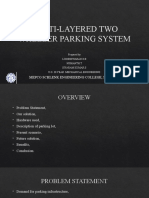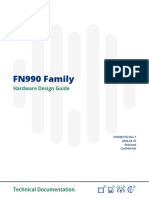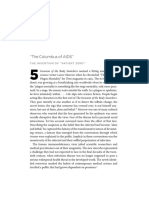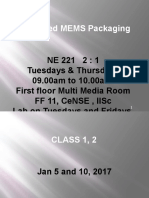0% found this document useful (0 votes)
36 views6 pagesGenetic Algorithms in Marketing Planning
This document describes a decision support system called GA-SIM that integrates genetic algorithms, simulation modeling, and a business database to help companies optimize long-term production planning and marketing strategies. The system uses a genetic algorithm with a new co-mutation operator to generate potential production plans. These plans are evaluated using a simulation model to calculate their fitness based on total profit. The simulation model also allows interactive visualization and qualitative evaluation of plans. The goal is to provide management with an optimized production plan solution.
Uploaded by
Andreea CostacheCopyright
© © All Rights Reserved
We take content rights seriously. If you suspect this is your content, claim it here.
Available Formats
Download as PDF, TXT or read online on Scribd
0% found this document useful (0 votes)
36 views6 pagesGenetic Algorithms in Marketing Planning
This document describes a decision support system called GA-SIM that integrates genetic algorithms, simulation modeling, and a business database to help companies optimize long-term production planning and marketing strategies. The system uses a genetic algorithm with a new co-mutation operator to generate potential production plans. These plans are evaluated using a simulation model to calculate their fitness based on total profit. The simulation model also allows interactive visualization and qualitative evaluation of plans. The goal is to provide management with an optimized production plan solution.
Uploaded by
Andreea CostacheCopyright
© © All Rights Reserved
We take content rights seriously. If you suspect this is your content, claim it here.
Available Formats
Download as PDF, TXT or read online on Scribd
/ 6
